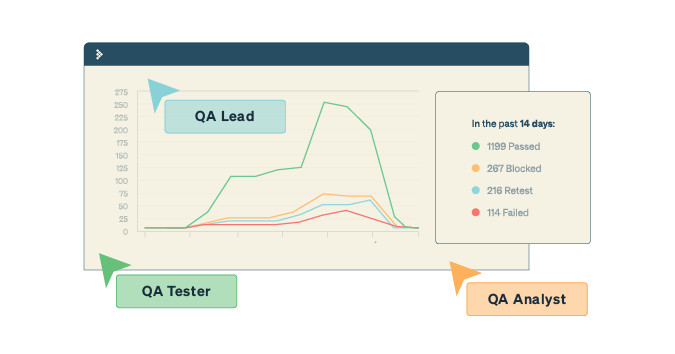This is a guest post by Nishi Grover Garg.
Agile leaders are supposed to get the maximum amount of quality work done with minimum control of the situation. The team constantly needs support and guidance while remaining independent and self-motivated.
How do you get this done within the tight deadlines? Do you have the team’s trust, and do they have yours? How do you know if you are a good leader for your agile team?
Here are some areas to focus on for current and aspiring agile leaders.
Communication
Communication is the backbone of agile. Open, clear and frequent communication breathes life into the agile team.
As an agile leader, you will be required to be big on communication, stressing its need, ensuring it is happening, and keeping it open and constructive at all times. You may even need to get over your own fear or reluctance if you are an introvert! A good agile leader needs to constantly encourage people to work together, discuss issues, and enforce good communication practices.
Vision
As a good agile leader, it is imperative to maintain a clear vision for the project. Since agile requires teams to deliver working software frequently, most of the team’s time is spent concentrating on different tasks and activities to make the release happen.
But since requirements change often, it is easy to lose sight of the overall vision for the project amidst all that chaos. It falls to the leader to keep the team aligned, maintain the overall vision, and help everyone zoom out periodically to look at the bigger picture.
The team needs to be aware and frequently reminded of the enterprise-level view of their project, its business impact and dependencies, and the scope and requirements that support that vision.
Removing Impediments
An agile leader is required to be a constant problem solver. They need to look for problems before they happen and resolve them as early as possible.
Be it conflicts within the team or in integration with other teams, technical conflicts with designs or IT conflicts with test environments readiness, personal conflicts between team members or issues with distributed teams, a good agile leader needs to be able to resolve things amicably, remove all roadblocks to consistent work and delivery, and keep the process running smoothly.
Continuous Improvement
Agility is all about learning and improving. As an agile leader, you must have the urge to continuously improve yourself, the team, its processes, and productivity in various ways. You must act as a constant encourager and motivator for team members to better themselves, support learning initiatives like online courses and continuing education, and plan improvement initiatives like team activities, in-house training, and knowledge sessions.
You can look for avenues of improvement by learning from fellow agile teams in your organization and looking at their process, tools, and successes, or even by going outside your organization into the industry for better ways of working.
Remember that agile is all about starting small and then incrementing your way toward better processes.
The Personal Touch
To be a successful agile leader, you need to spend some time getting to know your team. Understanding how they think, how they are motivated, and what management styles work for them will help you in the long run.
If you’re working with a close-knit team where everyone knows each other well, you can jump directly into the project with them. But if you are beginning with a team where everyone is new to each other or is distributed with a bunch of members working remotely, you might need to have a brief settling-in period to allow them to get acquainted. It’s a good idea to set up some tools to make the distributed members feel constantly included.
Agile teams are expected to be self-disciplined and autonomous. It’s essential to establish trust between you and the team and among team members. You can make this easier by having clear expectations and a level of quality to adhere to.
It is also imperative to spend some time talking to each team member, learning about their experiences, and how they perceive the project and their contributions. You need to learn how to use the collective wisdom of the team effectively while guiding them through the process.
I hope these pointers help you out in your agile leadership journey and make you a more effective leader for your agile team!
Nishi is a corporate trainer, an agile enthusiast and a tester at heart! With 11+ years of industry experience, she currently works with Sahi Pro as an Evangelist and Trainings Head. She is passionate about training, organizing testing community events and meetups, and has been a speaker at numerous testing events and conferences. Check out her blog where she writes about the latest topics in Agile and Testing domains.




